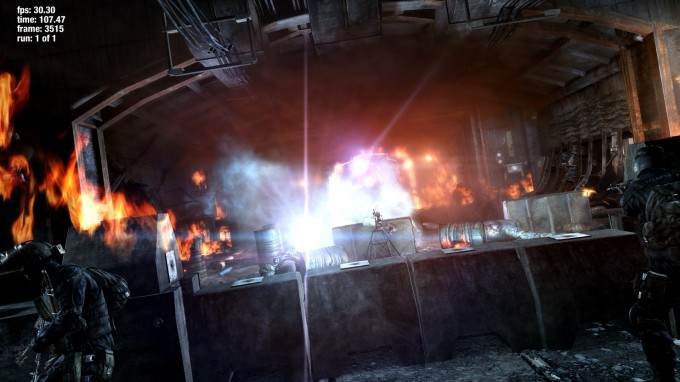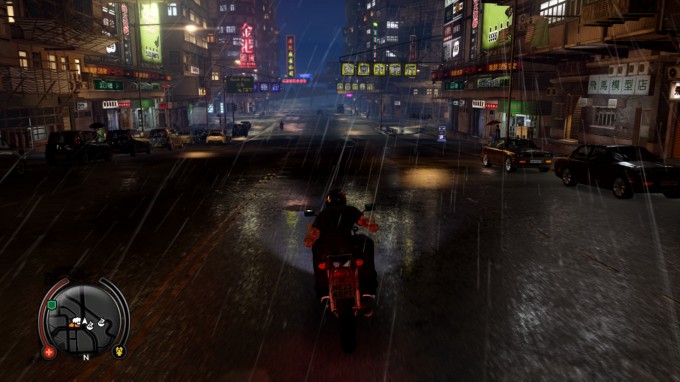- Qualcomm Launches Snapdragon 4 Gen 2 Mobile Platform
- AMD Launches Ryzen PRO 7000 Series Mobile & Desktop Platform
- Intel Launches Sleek Single-Slot Arc Pro A60 Workstation Graphics Card
- NVIDIA Announces Latest Ada Lovelace Additions: GeForce RTX 4060 Ti & RTX 4060
- Maxon Redshift With AMD Radeon GPU Rendering Support Now Available
AMD Radeon R9 280X Graphics Card Review

Most next-gen GPU launches are a simple affair: Launch one model, then another, and then another. AMD’s latest series is a bit different. In advance of its forthcoming flagship R9 290X, the company decided to push all of its mainstream parts off of the truck at once. So, let’s get started, first with a look at the $299 R9 280X.
Page 5 – Game Tests: Metro Last Light, Sleeping Dogs
Crysis has become infamous for punishing even top-end systems, but let’s be fair: The Metro series matches, if not exceeds its requirement for graphical horsepower. That was proven by the fact that we used Metro 2033 in our testing for a staggering three years – only to be replaced by its sequel, Last Light. I’m not particularly a fan of this series, but I am in awe of its graphics even at modest settings.
Manual Run-through: Because this game is a real challenge to benchmark with for both the reasons of variability in the results and the raw challenge, I choose to use the built-in benchmark here. Unfortunately, this benchmark doesn’t match some of the more intensive parts of the game, especially with levels such as “The Chase”, so please bear that in mind.
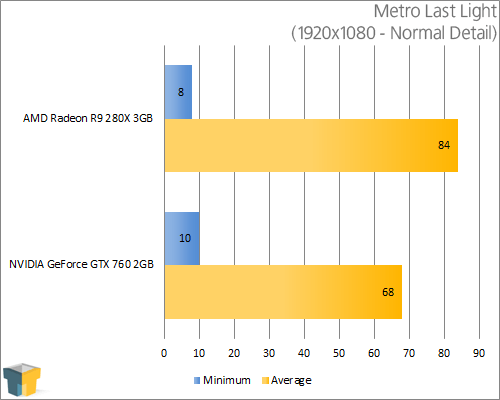
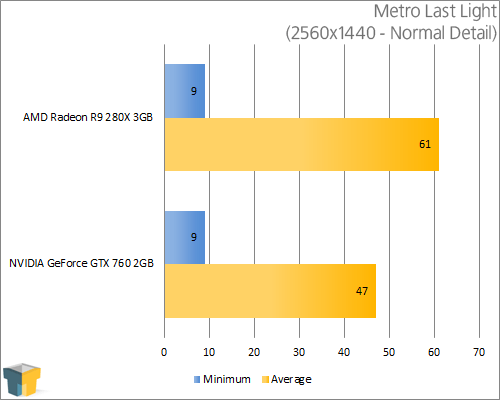
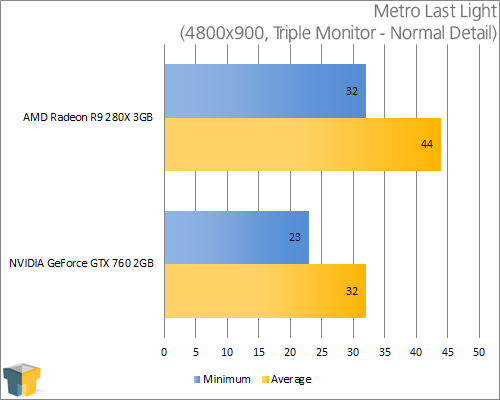
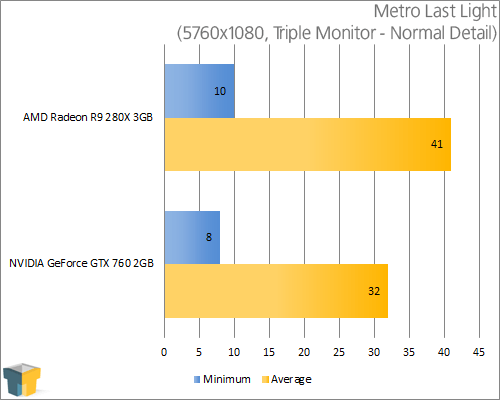
Continuing the now-established trend, both of our GPUs here handle the game at 1080p fine (at least in this benchmark; some parts of the game will see much lower FPS than what’s reported here), while both also pass rather well through 1440p. I am sure it will come as no surprise, but for some multi-monitor action, you’ll need even beefier cards to ensure optimal performance. Metro truly is a ruthless punisher when it comes to GPUs.
Sleeping Dogs
Many have called Sleeping Dogs (our review) the “Asian Grand Theft Auto“, but the game does a lot of things differently that helps it stand out of the crowd. For example, in lieu of supplying the player with a gazillion guns, Sleeping Dogs focuses heavily on hand-to-hand combat. There are also many collectibles that can be found to help upgrade your character and unlock special fighting abilities – and if you happen to enjoy an Asian atmosphere, this game should fit the bill.
Manual Run-through: The run here takes place during the chapter “Amanda”, on a dark, dank night. The saved game begins us at the first apartment in the game (in North Point), though that’s not where I begin capturing the framerate. Instead, I first request our motorcycle from the garage. Once set, I begin recording the framerate and drive along a specific path all the way to Aberdeen, taking about two minutes.
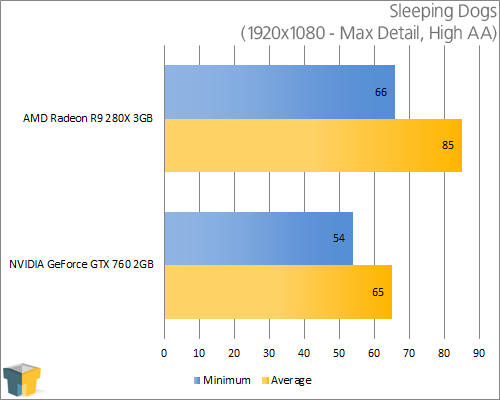
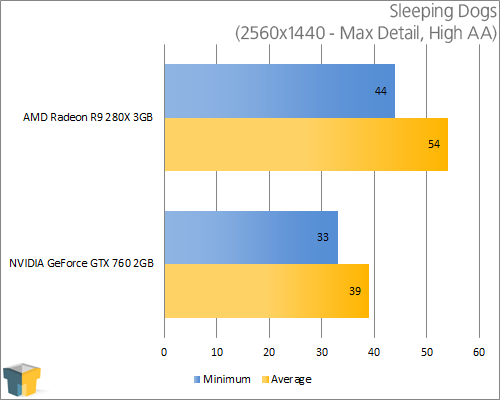
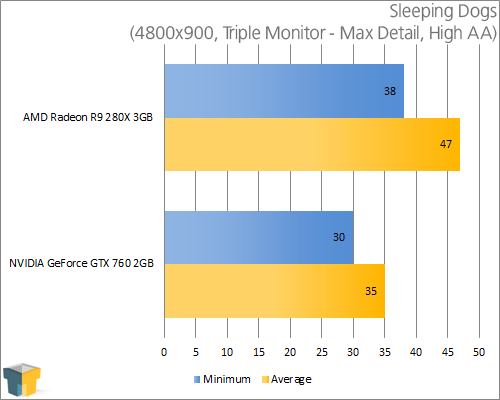
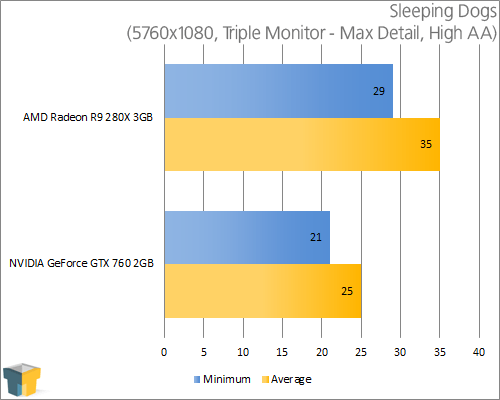
Yet again, you can get excellent performance in this game from either AMD’s or NVIDIA’s card at 1080p with maxed-out detail settings (save for the rather pointless maximum AA setting). Even 2560×1440 is suitable, though I admit this is one game where the closer you are to 60 FPS, the better the experience is. That said, for multi-monitor, lower settings will be necessary for improved performance, though you might be able to suffice with 4800×900 on the AMD card if you are not that fussy.
Support our efforts! With ad revenue at an all-time low for written websites, we're relying more than ever on reader support to help us continue putting so much effort into this type of content. You can support us by becoming a Patron, or by using our Amazon shopping affiliate links listed through our articles. Thanks for your support!




